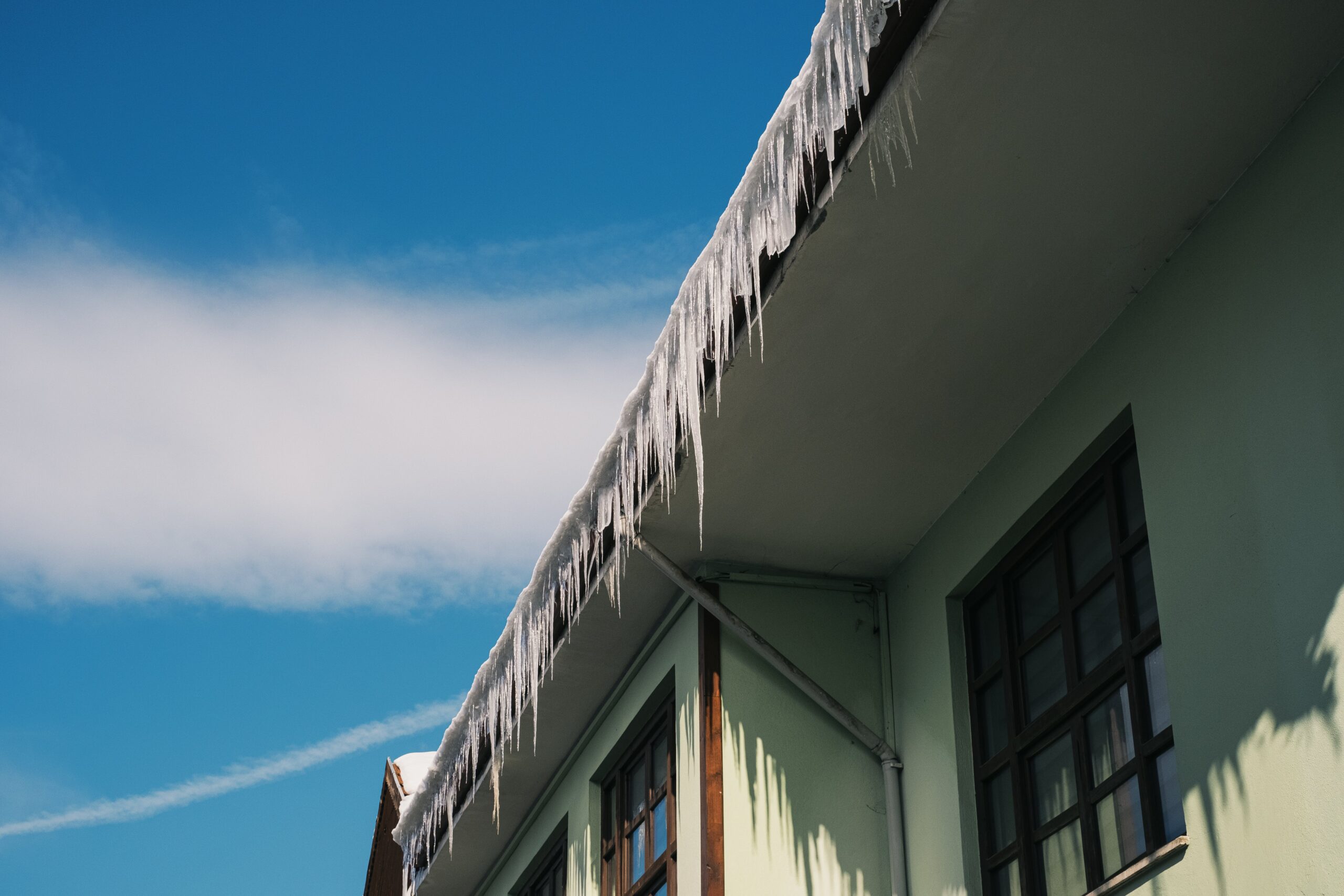
How to Prevent Ice Dams in Roof Valleys
An ice dam is a ridge of ice that forms at the edge of a roof and prevents melting snow from draining off the roof. It typically occurs in cold climates where snow accumulates on the roof. Ice dams can form in roof valleys when snow on the roof melts and then refreezes near the eaves. This can lead to water backing up under the shingles and causing leaks.
A professional roofing company can help to maintain your roof to reduce the risk of ice dams and repair your roof if it has been damaged by ice dams. Look for a reputable local roofing contractor who can answer your questions.
How Do Ice Dams Form in Roof Valleys?
Ice dams occur when heavy snow buildup melts during the day and then refreezes when temperatures drop overnight.
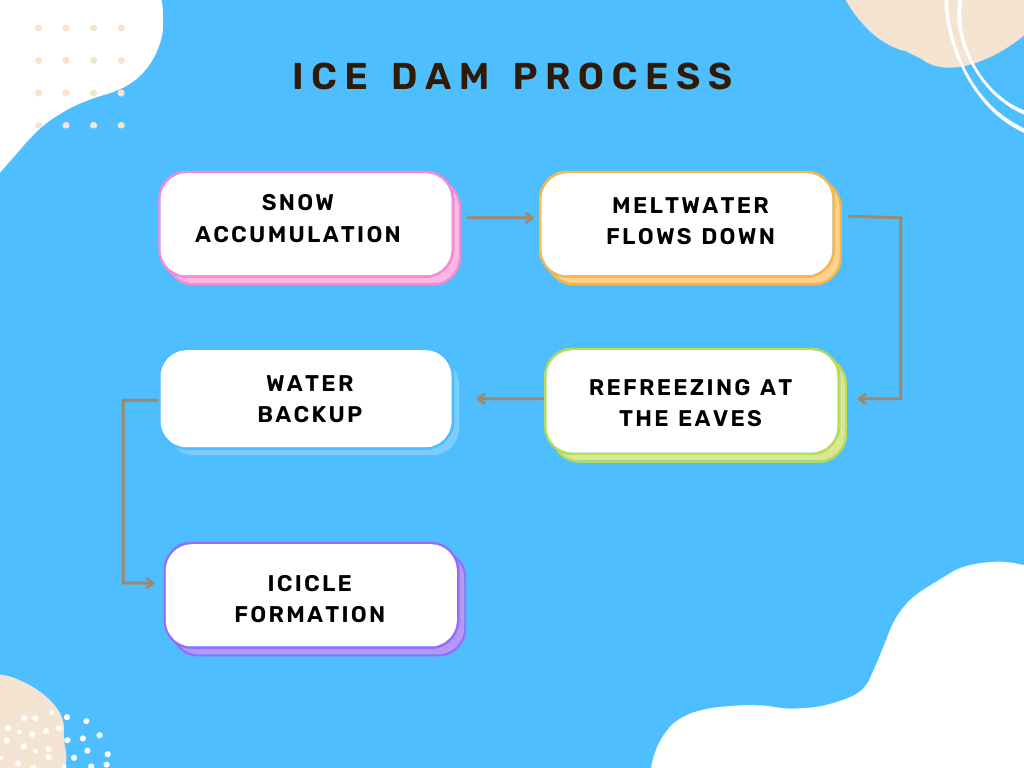
- Snow Accumulation
After a snowfall, a layer of snow accumulates on the roof. The heat from the interior of the building, combined with sunlight, can cause the snow on the upper part of the roof to melt.
- Meltwater Flows Down
The melted snow (water) flows to the lower edge of the roof. However, the eaves are typically colder than the upper part of the roof, especially if the roof overhangs the exterior walls of the building.
- Refreezing at the Eaves
When the melted water reaches the colder eaves, it can refreeze, forming a dam of ice. This ice dam prevents subsequent melted snow from draining off the roof.
- Water Backup
As more snow melts on the upper, warmer part of the roof, the water can pool behind the ice dam. This pooled water can back up under the shingles, leading to leaks and potential water damage to the roof and interior of the building.
- Icicle Formation
Additionally, icicles may form at the edge of the roof as the melted water continues to freeze.
The combination of the ice dam and trapped water poses a risk of damage to the roof and may lead to leaks inside the building. This can result in damage to ceilings, walls, insulation, and other structural components.
Damage Caused by Ice Dams
Ice dams in roof valleys can lead to several consequences, and if left unaddressed, they can result in damage to the roof, the structure of the building, and the interior.
One of the most immediate consequences to ice dams is water damage. As the ice dam blocks the normal flow of melted snow off the roof, water can back up under the shingles. This water intrusion can lead to leaks inside the building, damaging ceilings, walls, insulation, and other structural components.
The weight of the ice dam and pooled water can put extra stress on the roof structure. Over time, this additional weight may lead to roof damage, including sagging or even structural failure in extreme cases.
Additional potential consequences of ice dams:
- Icicles. Icicles can form along the edges of the roof where the melted water freezes. While icicles themselves may seem harmless, they can contribute to the formation of ice dams and may pose a safety hazard if they fall.
- Damaged gutters and downspouts. Ice dams can cause damage to gutters and downspouts. The weight of the ice and the expansion and contraction as it freezes and melts can lead to bending, warping, or detachment of gutters.
- Mold and mildew. Water infiltration into the building’s interior can create a damp environment, providing conditions conducive to the growth of mold and mildew. This can lead to health concerns and the need for costly remediation.
- Energy loss. Ice dams are often associated with poor insulation and ventilation. The presence of ice dams indicates that warm air from the interior is escaping into the attic space, leading to higher energy bills as the heating system works harder to maintain a comfortable temperature.
- Aesthetics. The presence of ice dams and icicles can have aesthetic consequences for the exterior of the building, detracting from its appearance.
To mitigate these consequences, it’s crucial to address the root causes of ice dam formation. This may involve improving insulation and ventilation in the attic, removing excess snow from the roof, and taking steps to prevent the accumulation of ice at the roof’s edge. Regular roof maintenance and addressing any underlying issues can help prevent or minimize the impact of ice dams.
Top 10 Ways to Prevent Ice Dams in Roof Valleys
Preventing ice dams involves addressing issues related to insulation, ventilation, and the overall thermal characteristics of the roof. Proper insulation and ventilation help maintain a consistent roof temperature, preventing the uneven melting and refreezing that lead to ice dams. Other preventive measures include removing excess snow, keeping gutters clear, and using ice and water shields under roofing materials.
Here are 10 preventive measures to help avoid ice dams in roof valleys:
- Proper insulation. Ensure that your attic is well-insulated. Adequate insulation helps maintain a consistent temperature on the roof, preventing the snow from melting and refreezing.
- Ventilation. Good attic ventilation is crucial. Proper ventilation helps regulate the temperature in the attic and prevents the accumulation of warm air that can lead to snow melting on the roof.
- Seal air leaks. Seal any gaps or air leaks in the attic. This prevents warm air from escaping and coming into contact with the roof surface.
- Install an ice and water shield. Consider installing an ice and water shield under the roofing material, especially in the valleys. This is a waterproof membrane that provides an additional layer of protection against water infiltration. Skyline Roofing’s standard practice is to install ice and water shields over all the eaves, valleys, and penetrations on every job.
- Choose a steeply pitched metal roof. Ice dams have a hard time sticking to steep metal roofing.
- Maintain a cold roof. Keep the roof cold by minimizing heat transfer from the house to the attic. Use energy-efficient windows, insulate ducts, and make sure there are no gaps or openings for warm air to escape into the attic.
- Remove excess snow. Use a roof rake or hire professionals to remove excess snow from the roof. This can be done periodically during heavy periods of heavy snowfall to prevent the build-up of large snow masses.
- Gutter maintenance. Keep gutters and downspouts clean and free of debris. This helps ensure that melted snow can flow freely, reducing the risk of ice dams forming.
- Heat cables. In locations that have long cold winters, some homeowners choose to install heat cables along the roof edges and in the valleys. These cables can help melt the snow and prevent the formation of ice dams. However, they should be used cautiously, as they can increase energy consumption.
- Professional assessment. If you’re unsure about the best approach for your specific situation, consider consulting with a roofing professional or an energy efficiency expert. They can assess your roof, insulation, and ventilation to provide tailored recommendations.
Taking a proactive approach to insulation, ventilation, and regular roof maintenance can significantly reduce the risk of ice dams in roof valleys.
Trust Skyline Roofing & Construction for your roof maintenance & Installation needs
At Skyline Roofing & Construction our roofing professionals always strive to add value to your home or business for the long term –that includes installing quality roofing and maintaining your roofing investment. Contact us today to schedule your free consultation for a new roof or roof cleaning services. Skyline Roofing is located in Bellingham, WA and we presently serve Whatcom, Skagit, and Island Counties.
License #SKYLIRC854Q
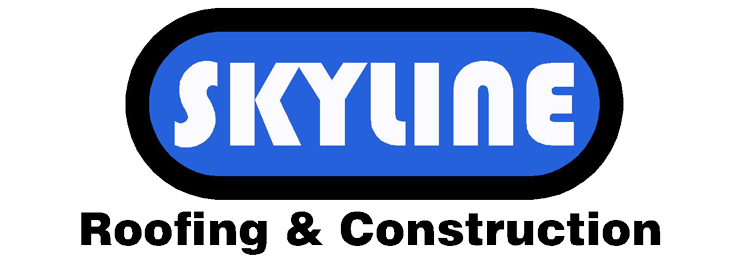





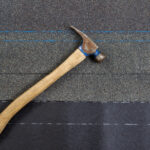
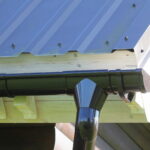
No Comments
Sorry, the comment form is closed at this time.